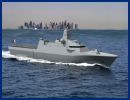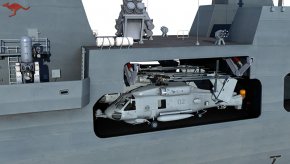Regrettably there have been a number. We lost a Sea King on Nias Island doing tsunami relief work in 2005 with 9 dead; and lost aircraft in 1975, 76, 77, 79, 86 and 95; all with no fatalities thank the Lord. We lost Wessex in 1969, 74, 78 and 87; and in 1983 we lost one in Bass Strait while on oil rig patrol duties with two fatalities. We lost a couple of UH-1s in Australia (without fatal casualties I think although I can't exactly remember) and of course lost aircrew flying them in Vietnam. Going back into the 50s and early 60s we lost half a dozen Sycamores in what was, admittedly, the early days of rotary wing aviation. We also lost a couple of Bell 206s and a Westland Scout, all in the late 60s early 70s. So the record is not brilliant over time; but also not that different to other Navies' experience in that period.
The good thing is that in 30+ years of service we lost no S-70B-2 Seahawks, despite a couple of near run things, and (touch wood) haven't lost anything since Nias Island.
Both the Army and the Air Force (when they operated them) have also lost helos over the years - although I can recall a number such as the tragic 5 Aviation accident in 96 and the Blackhawk lost off Kanimbla in 2006 I'm no expert on those.


